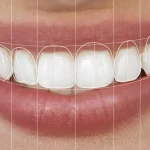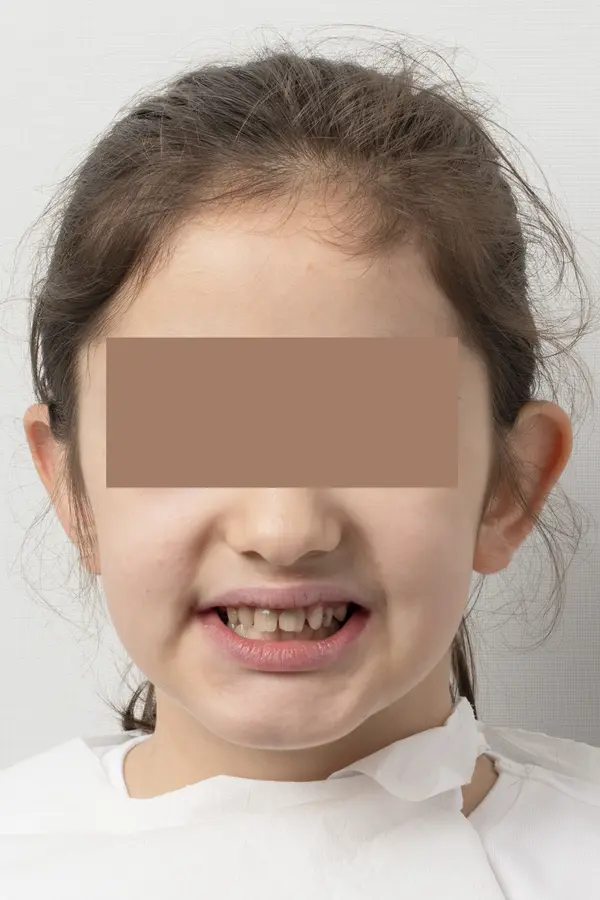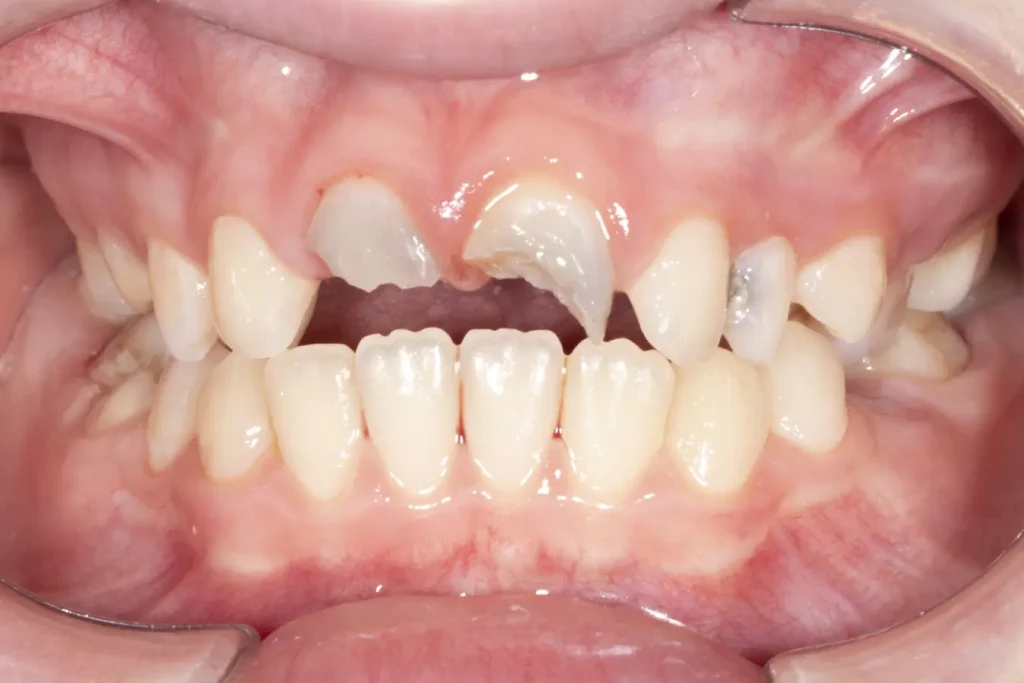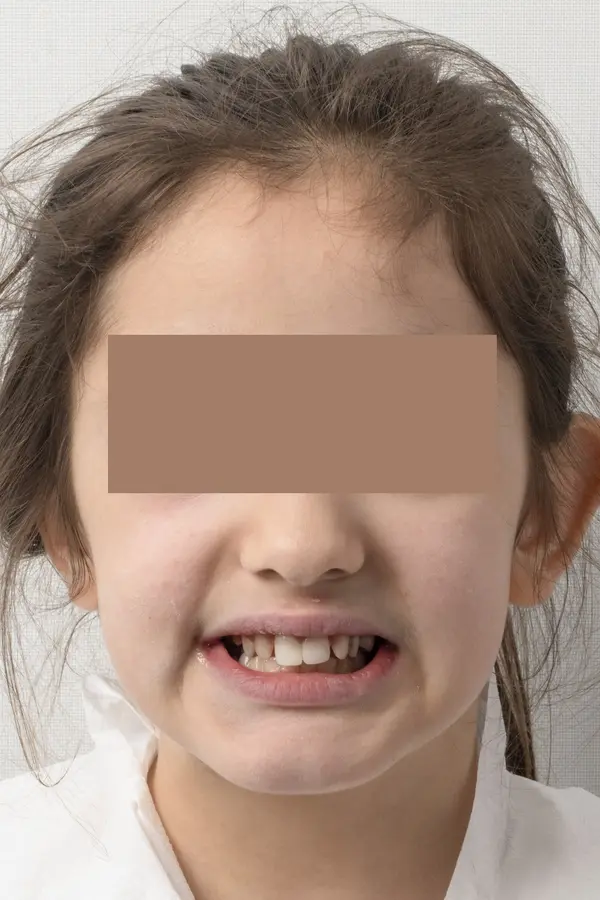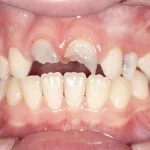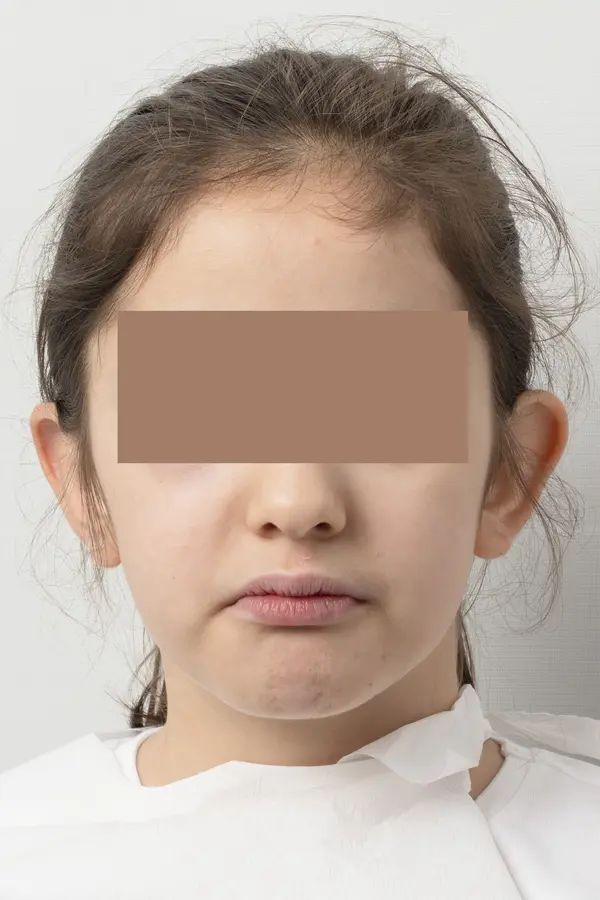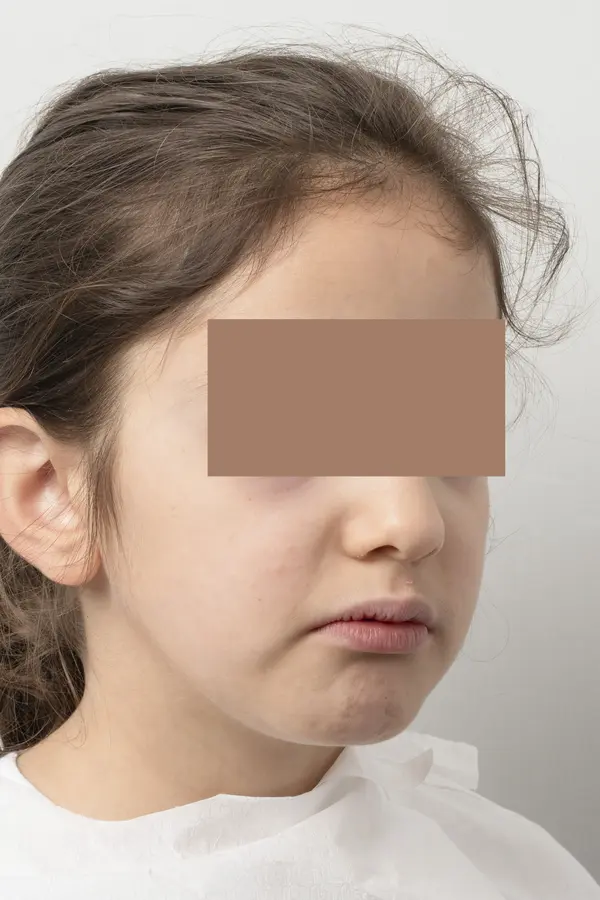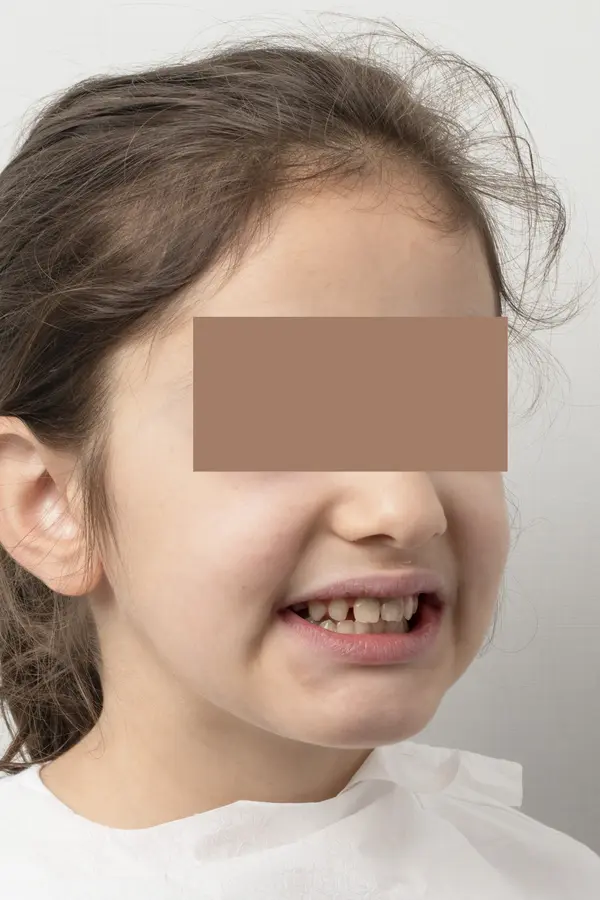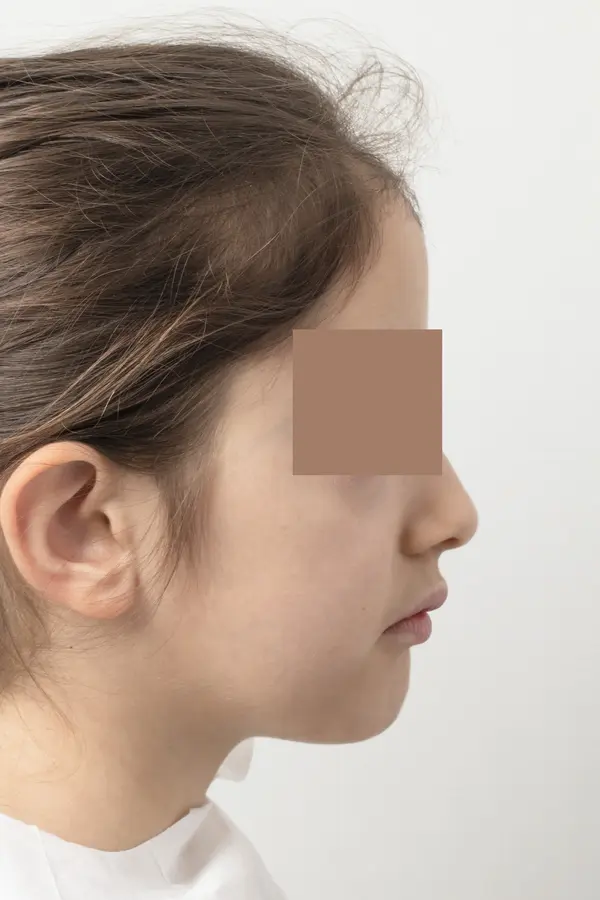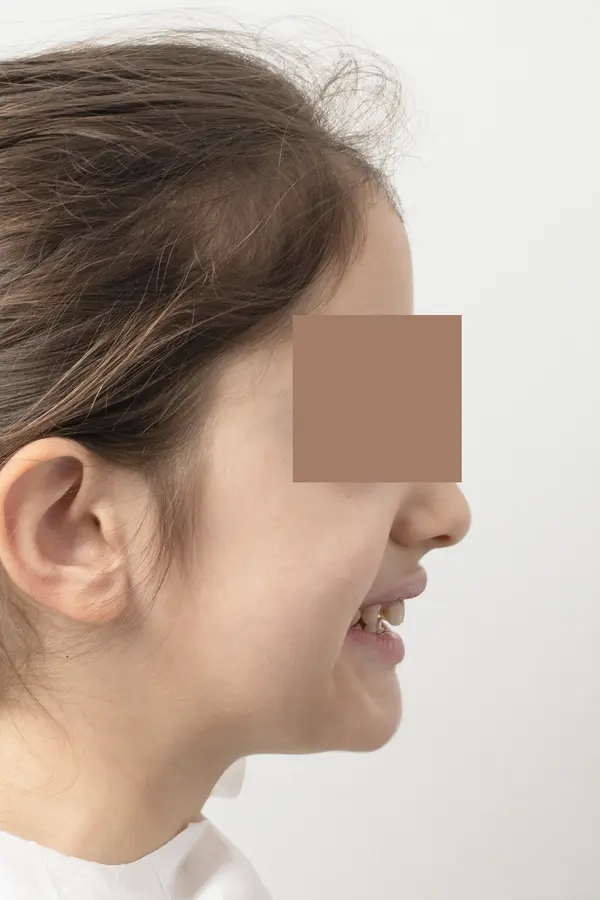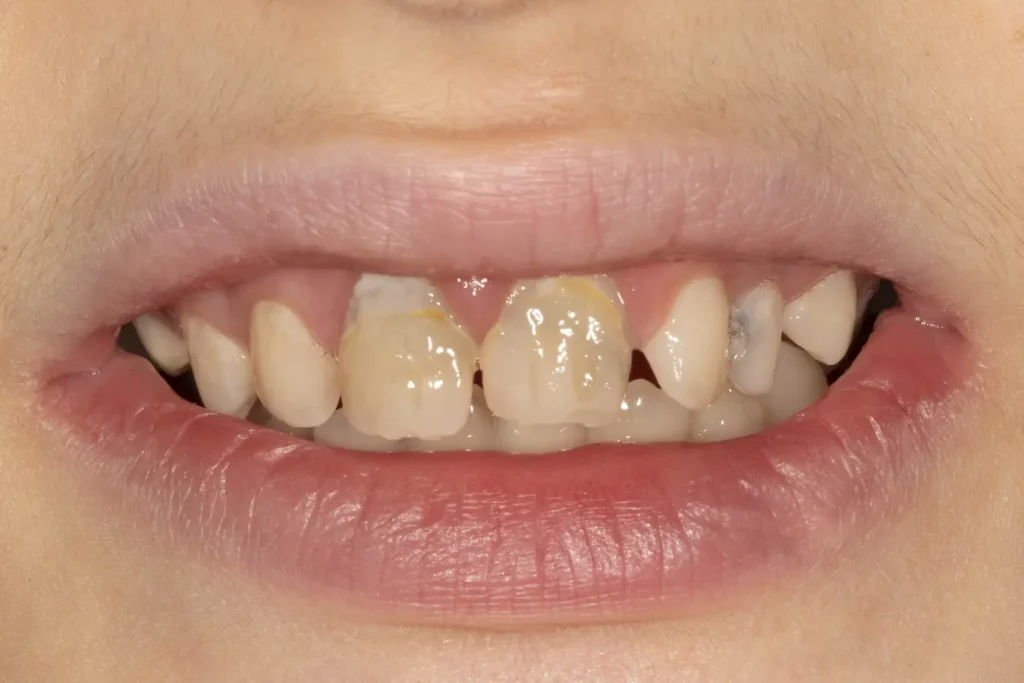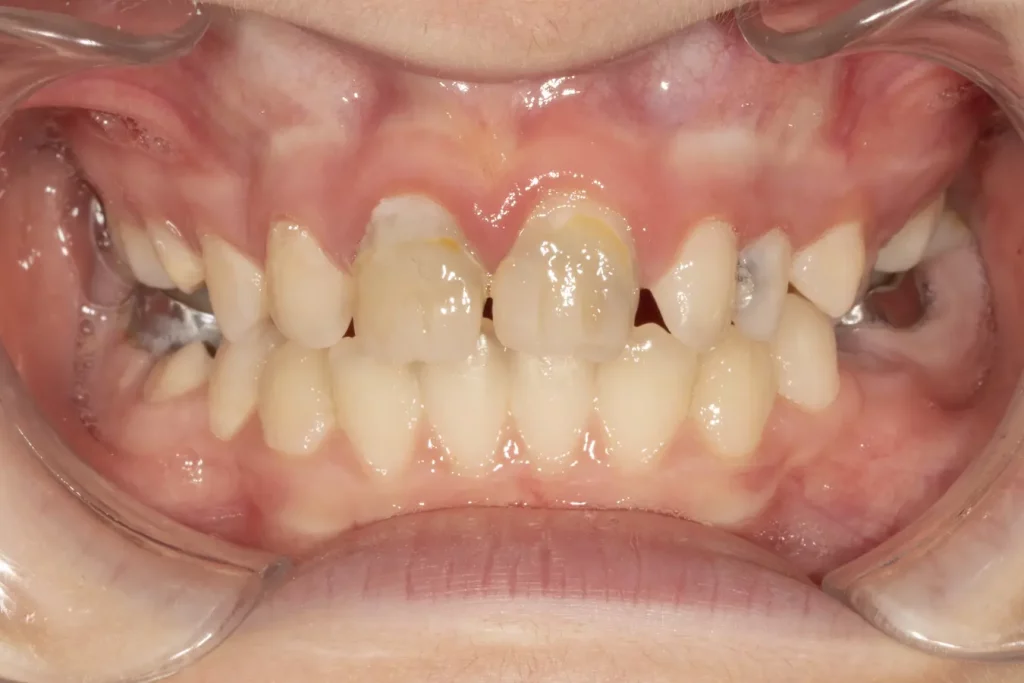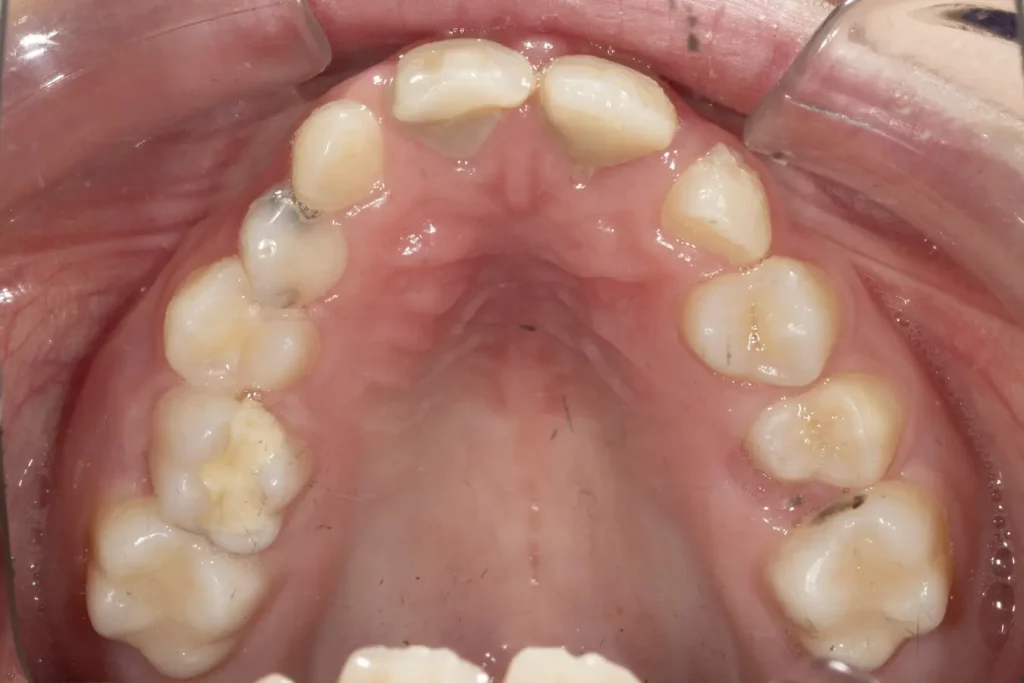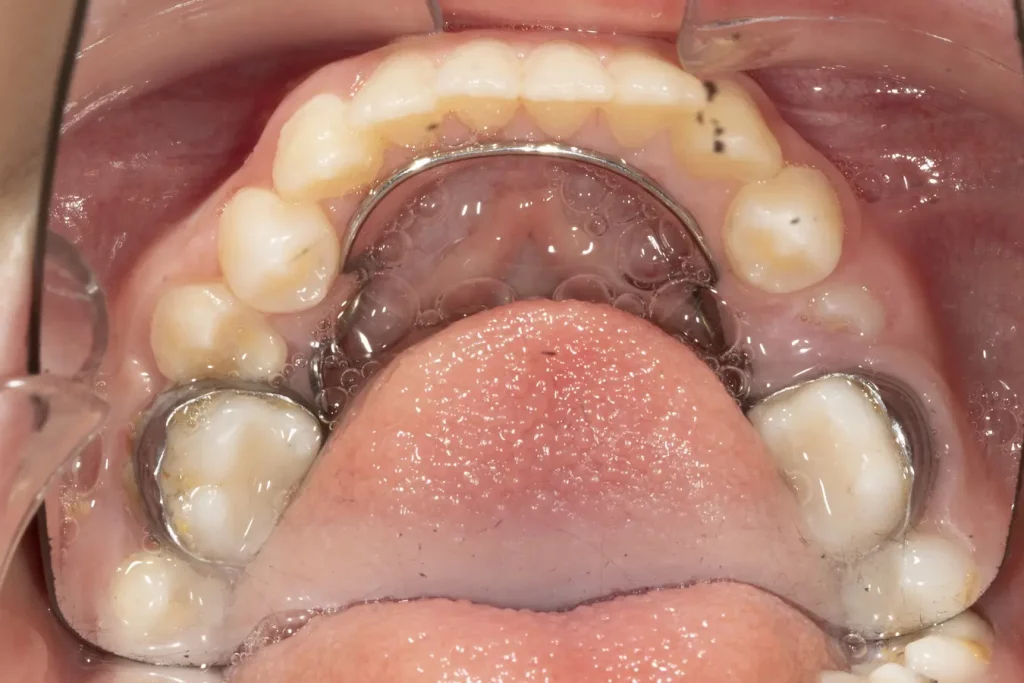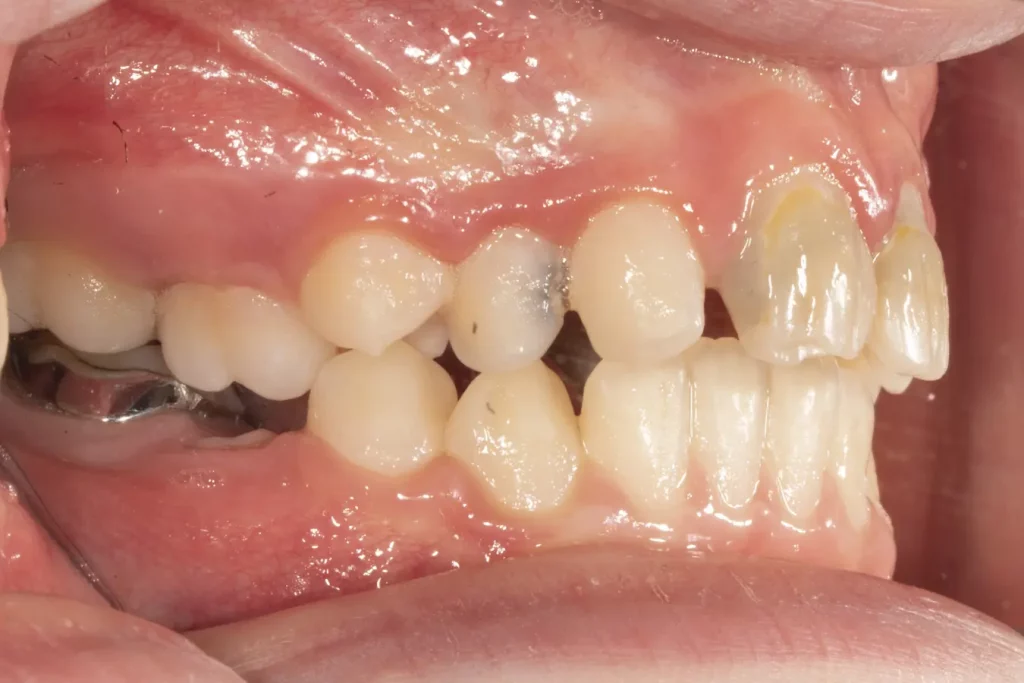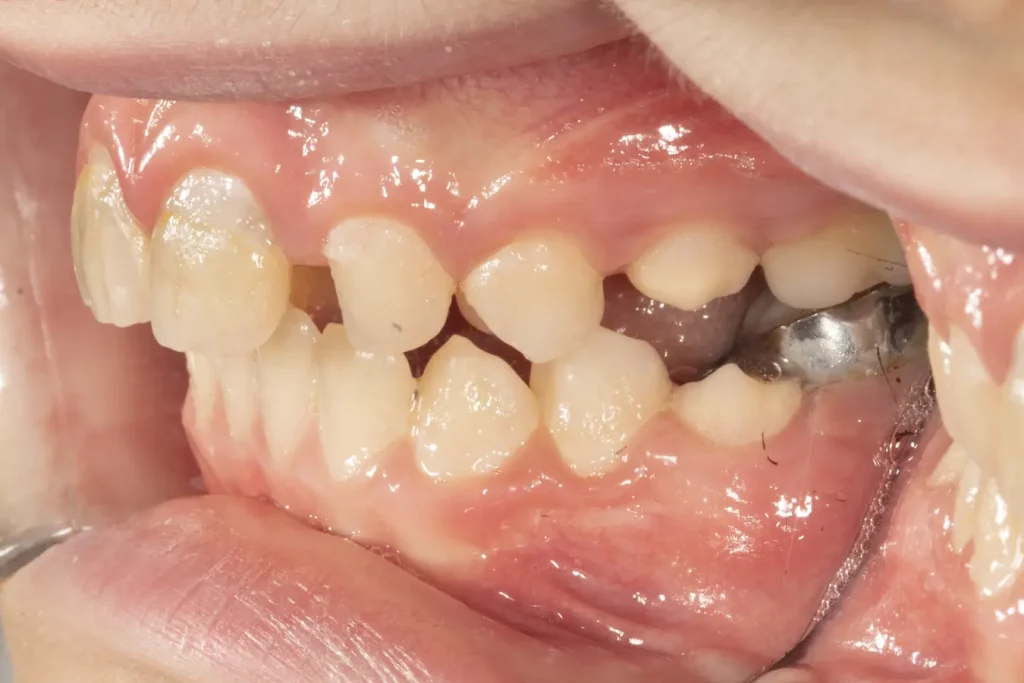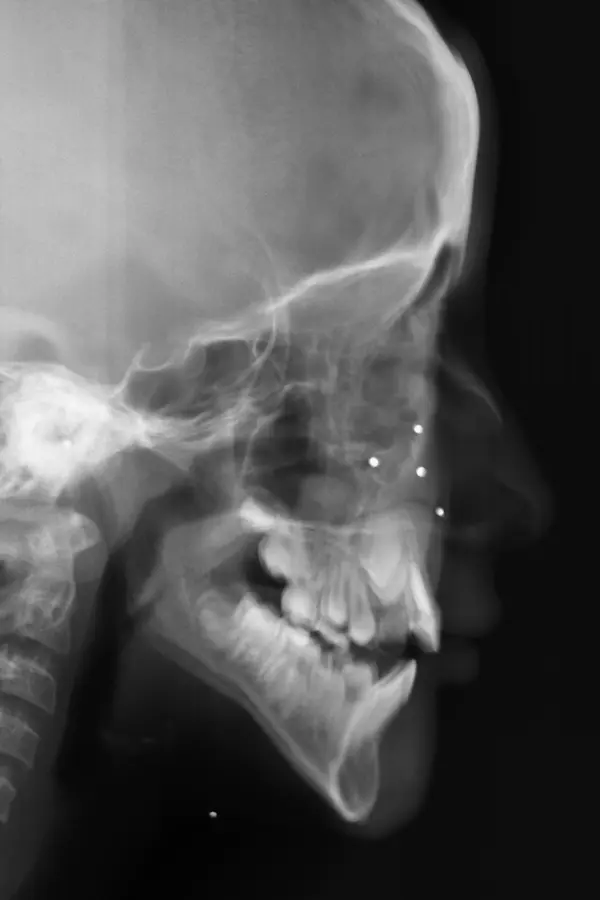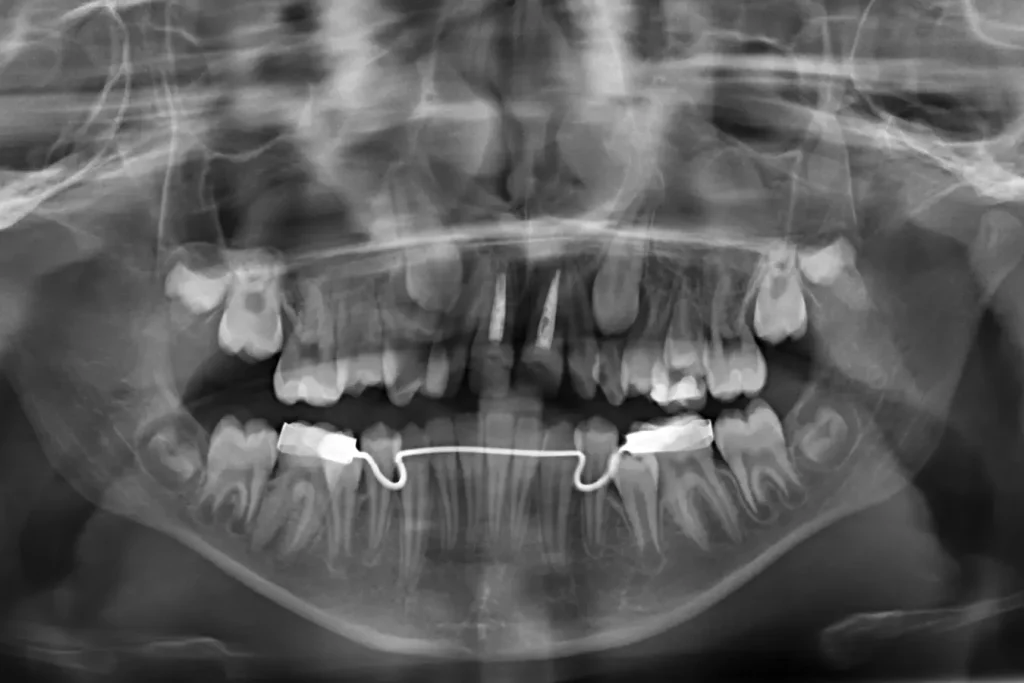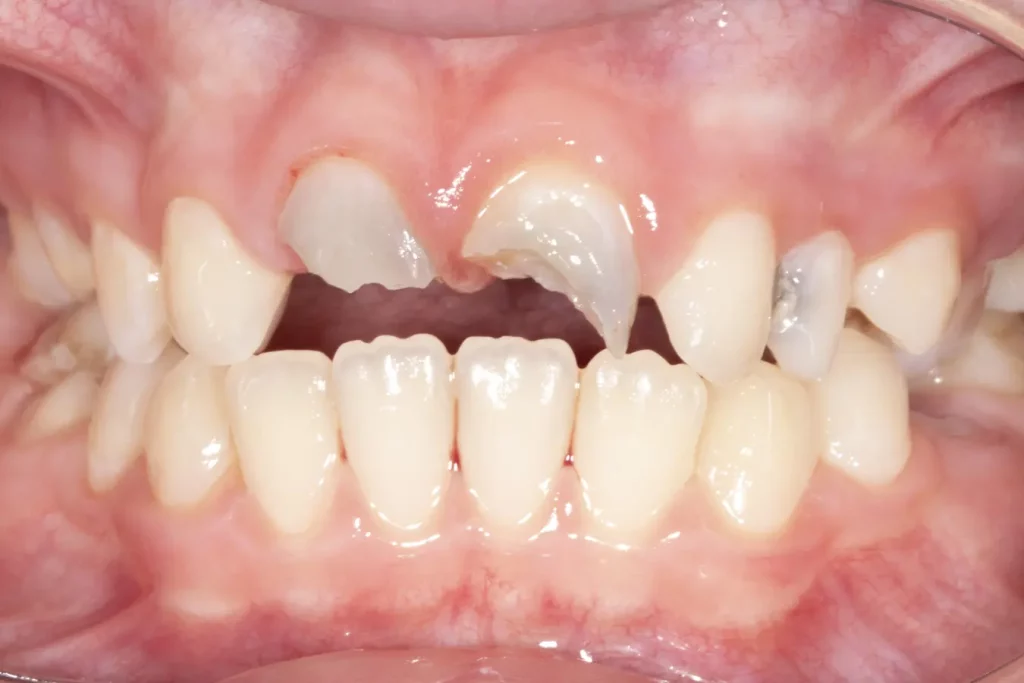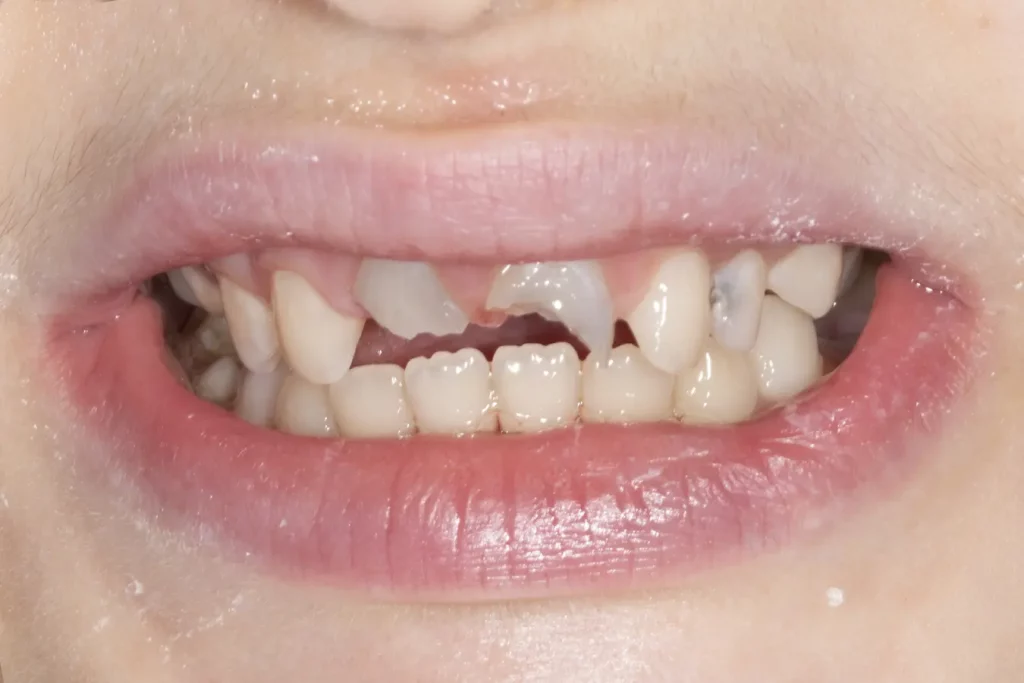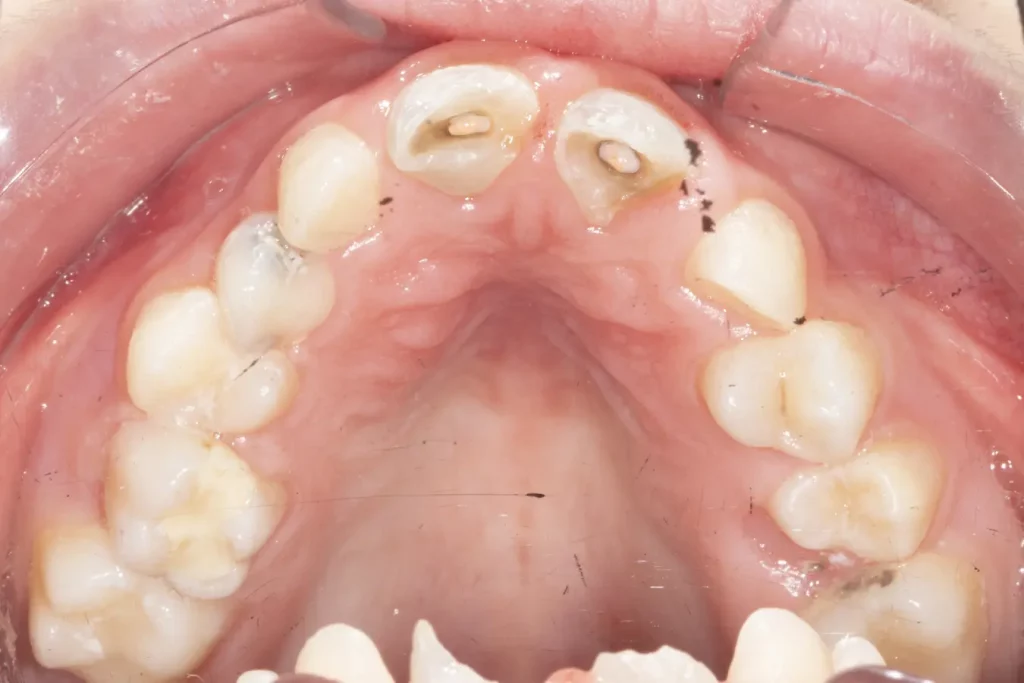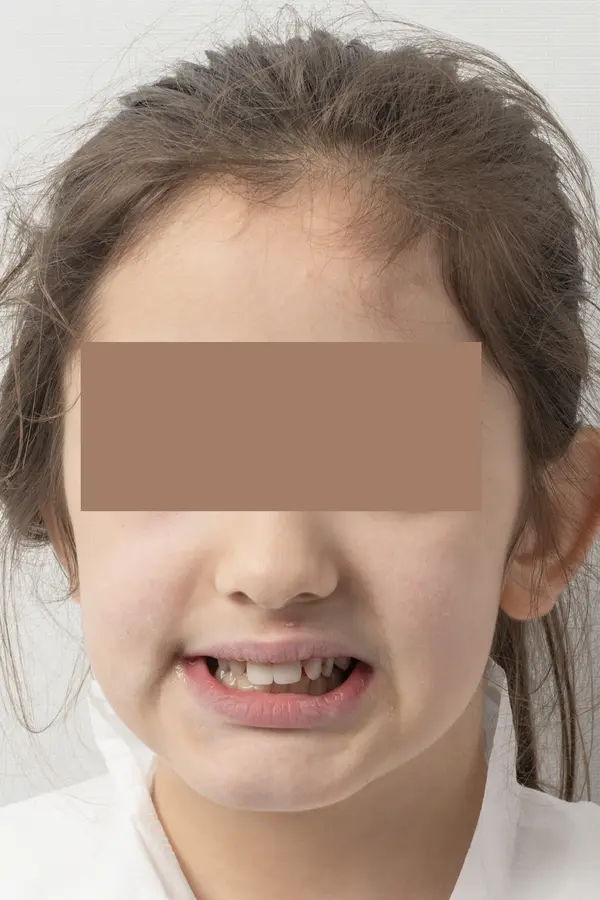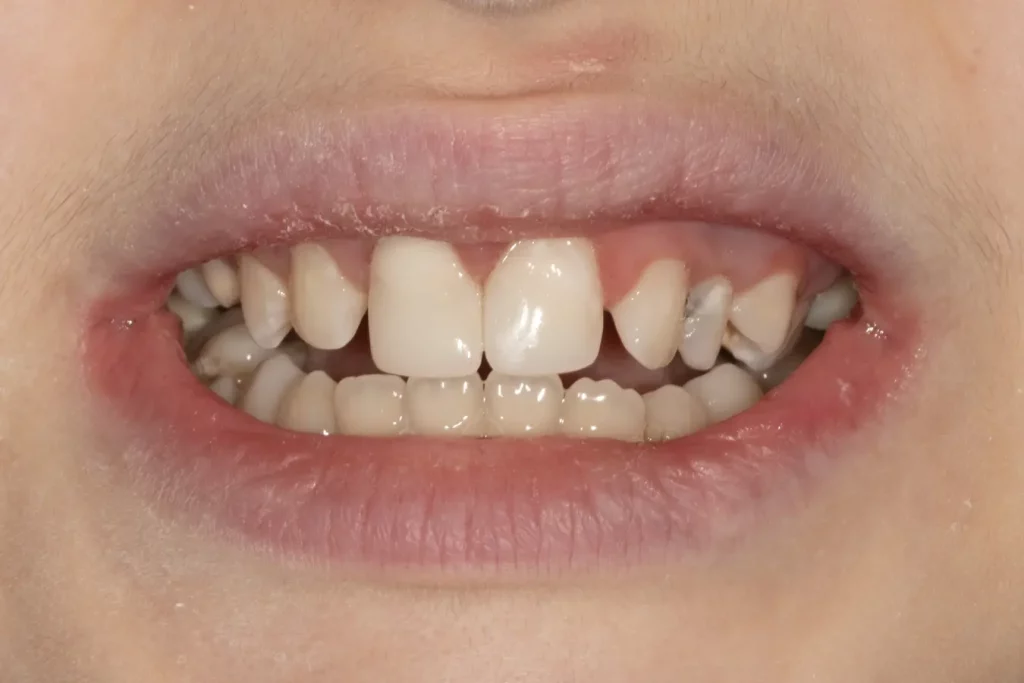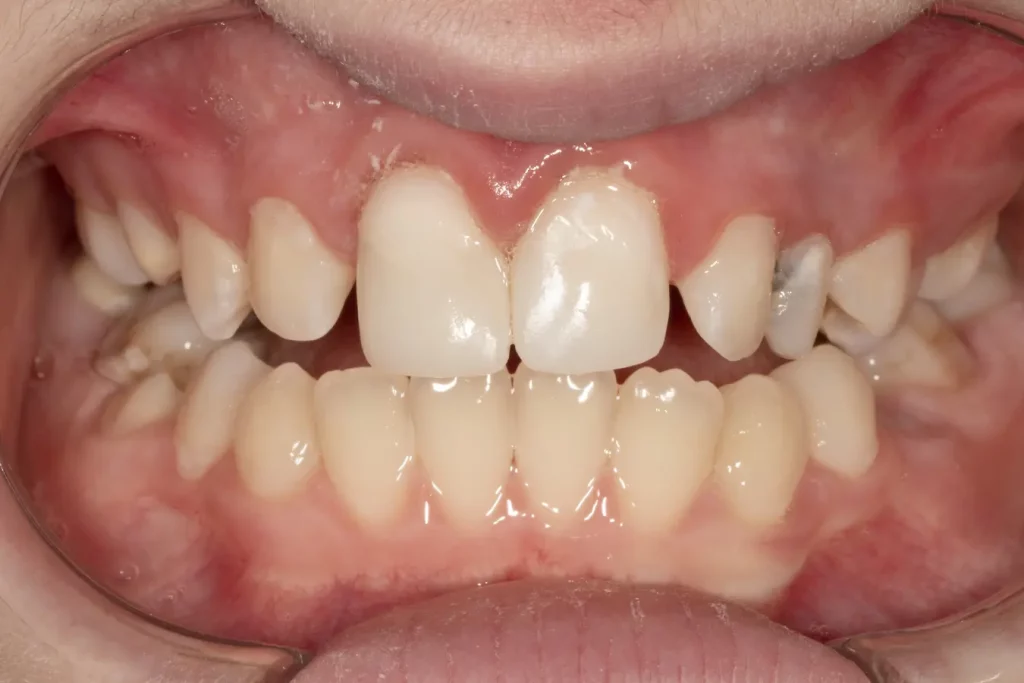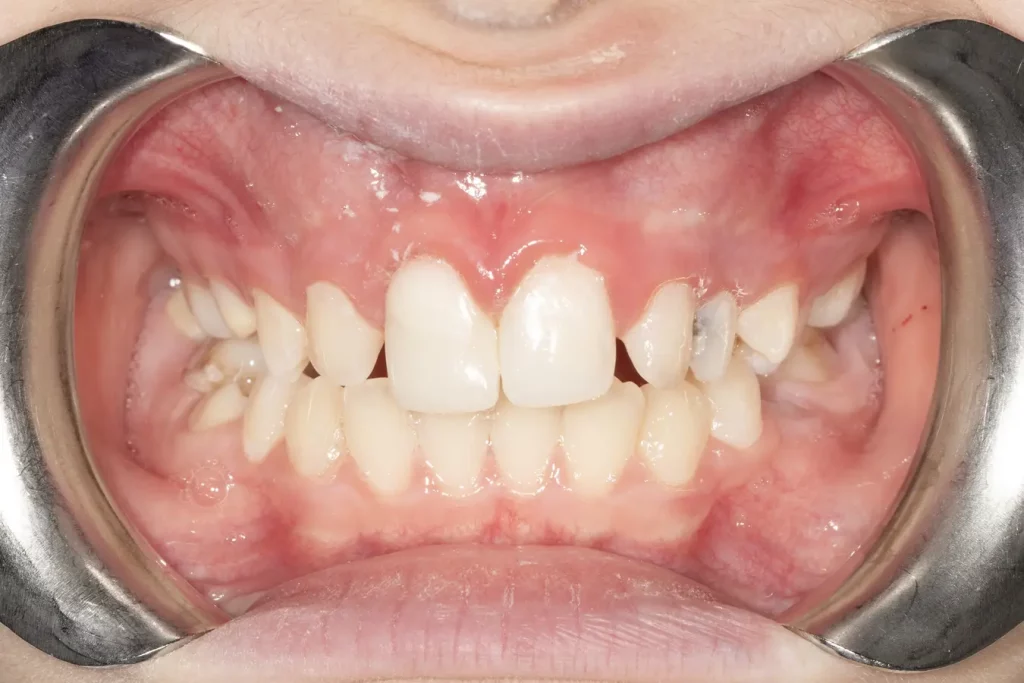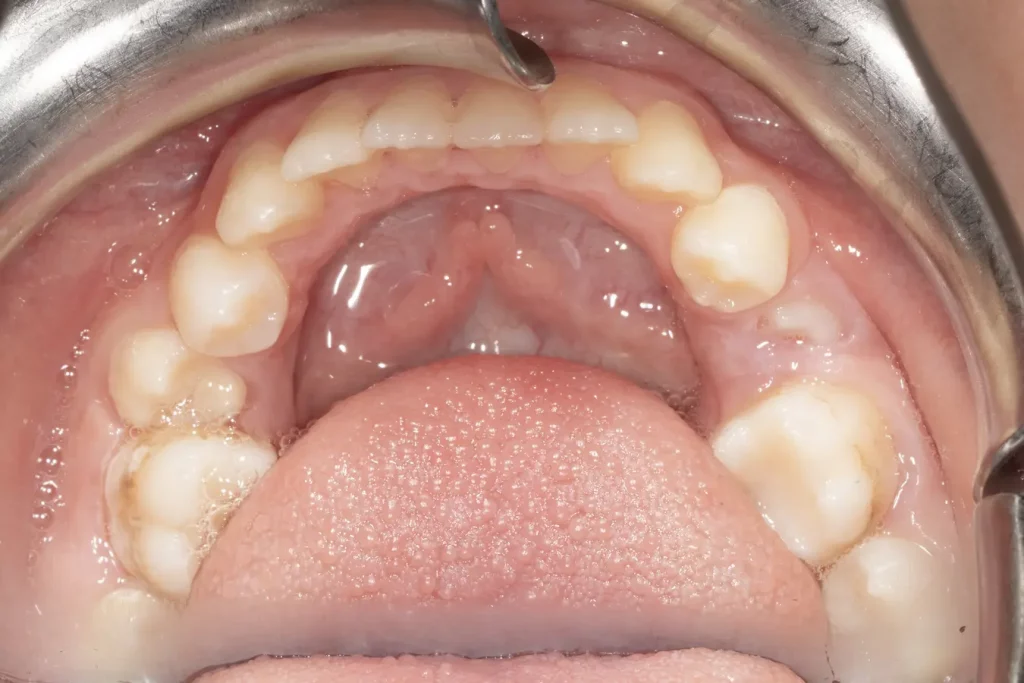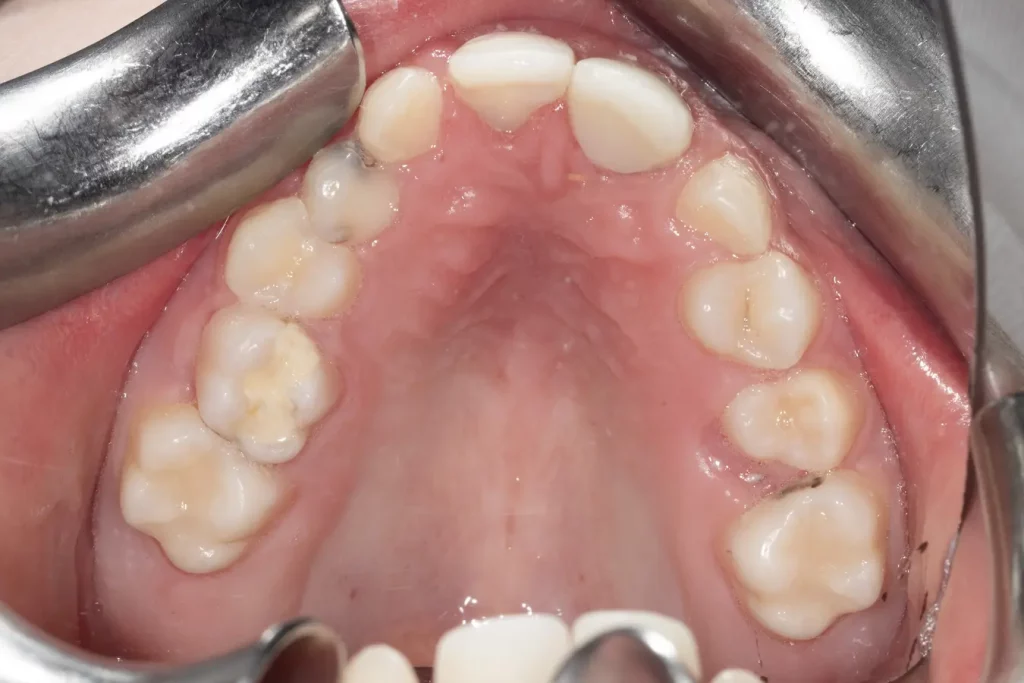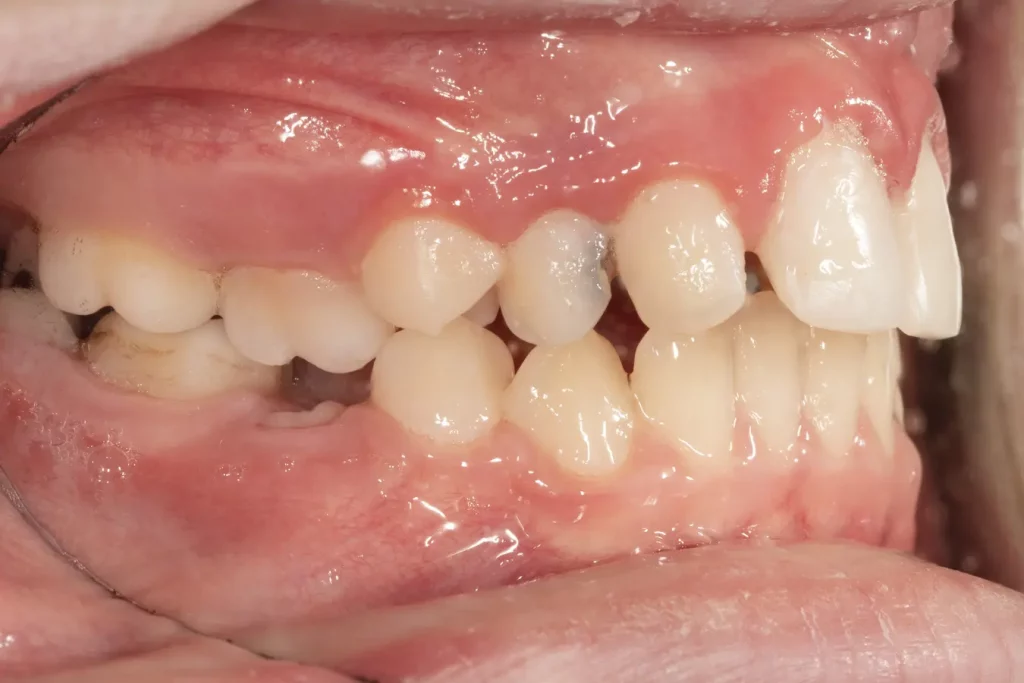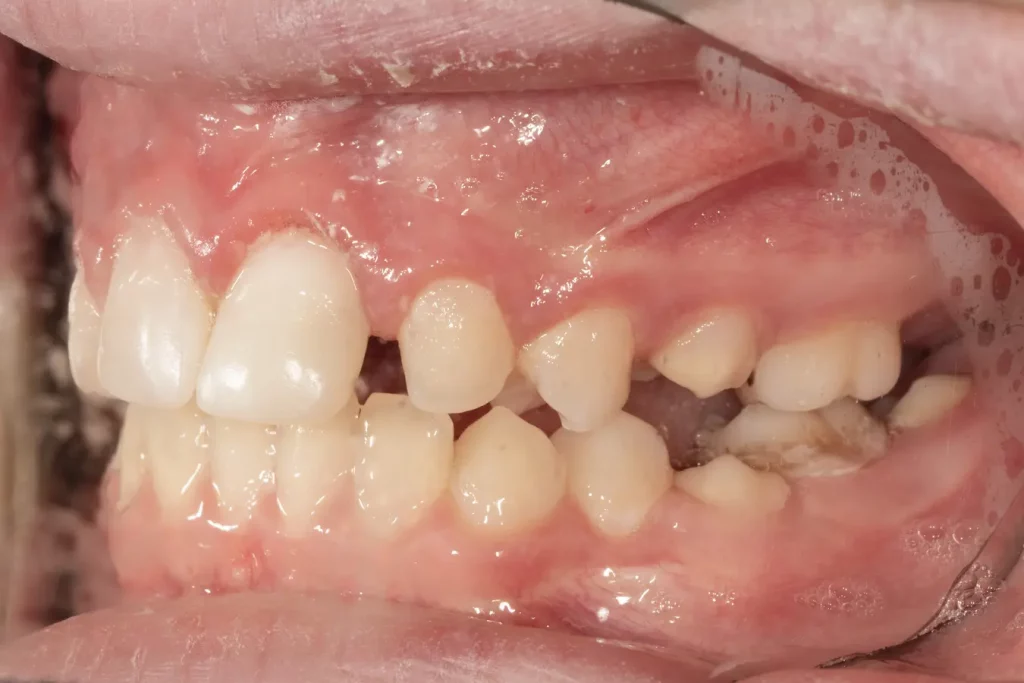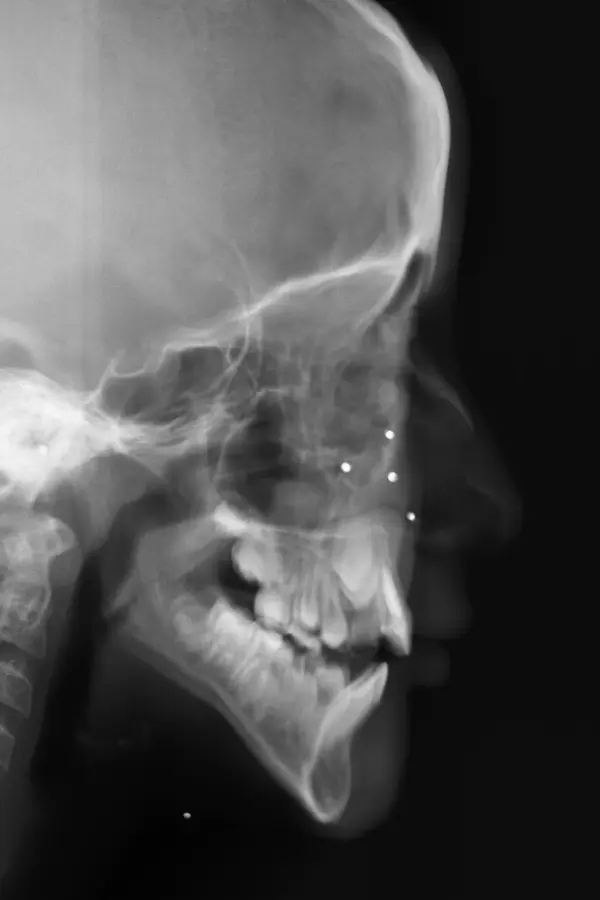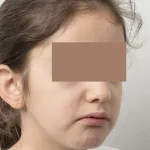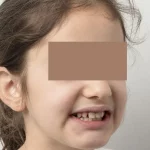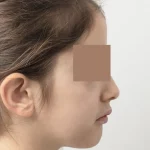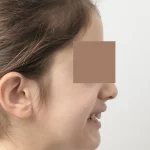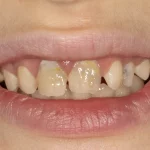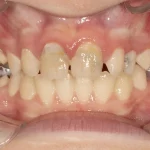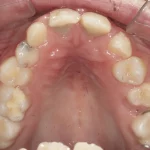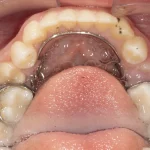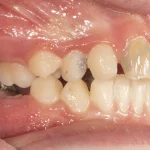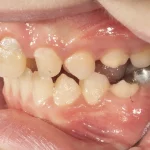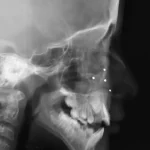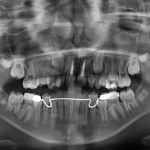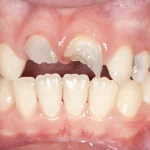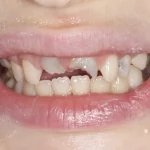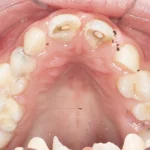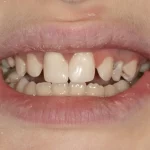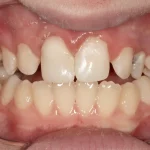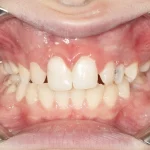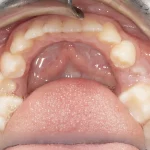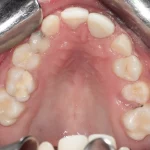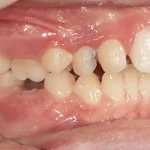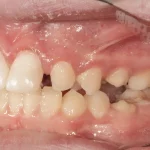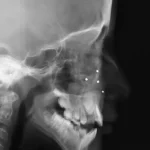Using local anesthesia is a regular part of dental practice. However, there are various instances where dentists opt for sedatives while performing dental treatments. This most often happens when the dental procedure is complex, or the patient struggles with severe dental anxiety or phobia. However, it can also be opted for patients who do not react well to regular numbing agents or struggle with extreme tooth sensitivity.
The use of sedatives in dental treatments is called sedation dentistry and works in favor of both patients and dentists. For patients, it helps relieve stress, pain, and discomfort, whereas dentists allow performing the treatment without any disturbance from patients.
Different types and levels of sedation are used in dentistry, depending on the patients’ needs. These are achieved through:
● Inhaled Sedatives
Inhaled sedatives are the easiest to administer, work quickly, and have zero recovery time. Hence, they are the most commonly used type of sedation in dentistry. However, these only offer minimal sedation, and the effects tend to wear off pretty quickly too. To counter this, dentists continue administering the sedative drug throughout the procedure.
Nitrous oxide, commonly known as the laughing gas, is the pharmacological agent used as the inhaled sedative in dentistry.
● Oral Sedatives
Oral sedatives can offer mild to moderate levels of sedation, depending on the strength and dose of the used drug. As opposed to inhaled sedatives, these take about an hour to work and also wear off gradually. But, their effects also last longer than inhaled sedatives.
Halcion (Triazolam) is the most commonly used oral dental sedative. However, there are other options available as well. These include Lorazepam (Ativan), Midazolam (Versed), Zaleplon (Sonata), and Zolpidem (Ambien). Your dentist will choose the right drug depending on your needs.
Since oral sedatives take a little while to provide desired results, patients are often recommended to take the drug before coming for their dentist appointment. Depending on the medication used and its dosage, the effects of an oral dental sedative can take 4 to 10 hours to wear off completely.
● Intravenous Sedatives
Intravenous sedatives, as the name says, are administered through intravenous injections. They work instantly and can offer moderate to deep levels of sedation, depending on the choice of drug and its dosage. IV dental sedatives can be divided into two categories:
- Twilight IV Sedatives – These offer a moderate level of sedation.
- General Anesthesia offers deep sedation and keeps the patient unconscious throughout the dental procedure. This is typically only opted for patients with extreme dental phobia and complex, invasive dental procedures, like surgeries.
Drugs used for intravenous sedation in dentistry include Midazolam (most preferred option), Lorazepam, Propofol, Dexmedetomidine, and Ketamine.
Talk to a Dentist to Find Out If You Need Dental Sedation
Dental sedation is a great way to overcome your fear of dental procedures and relieve the pain and discomfort associated with them. However, not everyone may make a good candidate for sedation dentistry. Talk to a reliable dentist to determine if you can benefit from dental sedation.
ROOT CANAL TREATMENT UNDER CONCIOUS SEDATION





